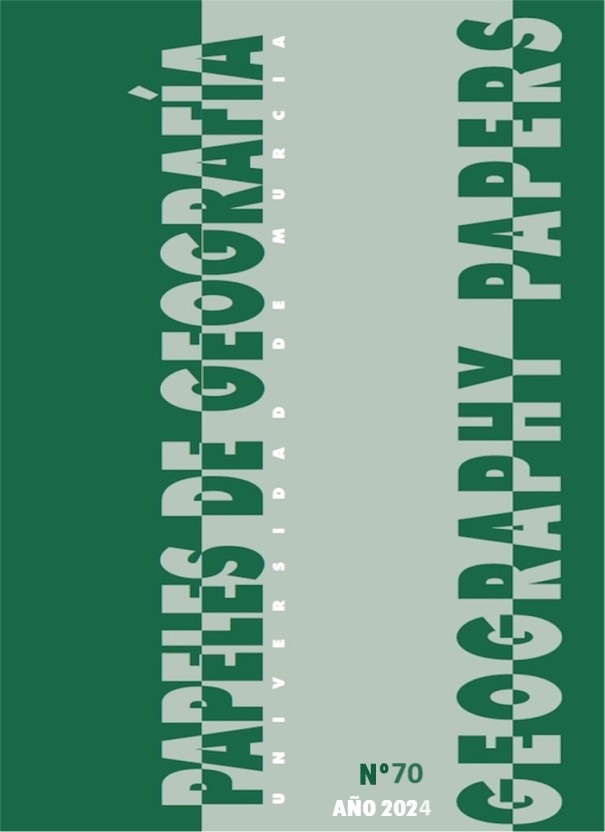SEÑALES DE CAMBIO CLIMÁTICO EN LA PROVINCIA DE SANTA FE. TENDENCIAS DEL PERÍODO 1960-2019
Abstract
During the last decades, an increase in extreme weather events, precipitation and warm nights has been observed, while a decrease in cold nights and days with frost has been recorded in the central region of Argentina. The objective of this study is to evaluate the climate change indices derived from temperature and precipitation of greatest relevance to the province of Santa Fe (Argentina), based on the methodologies and indices proposed by the team of experts in detection, monitoring and indices of climate change. Daily data from six locations in the province of Santa Fe were used in the period evaluated (1960-2019). Positive annual trends were found in the number of warm and tropical nights, minimum daily temperature, days with heavier rain, and amount of annual precipitation; On the other hand, negative trends were manifested in the number of days with frost and in the daily thermal amplitude. The results found are consistent with numerous works related to the study of climate change in recent decades in multiple stations located in South America and central Argentina.
Downloads
-
Abstract311
-
PDF (Español (España))165
References
.
Copyright (c) 2024 Geography Papers

This work is licensed under a Creative Commons Attribution-NonCommercial 4.0 International License.
The manuscripts published in Papeles de Geografía are subject to the following terms and conditions:
1. The publishing house of the University of Murcia (Servicio de Publicaciones de la Universidad de Murcia) keeps the copyright of the published manuscripts favouring and allowing the use and distribution of such works under the licence in 2 below.
© Servicio de Publicaciones, Universidad de Murcia, 2011
2. Manuscripts are published electronically under an Attribution Non-Commercial No Derivatives 3.0 Unported Creative Commons Licence Spain (Legal text). Readers are free to copy, use, share and redistribute the material in any medium or format as long as (i) appropriate credit is given to authors and original source (journal, publishing house and URL); (ii) the material is not used for commercial purposes and (iii) this licence and restrictions are stated.
3. Self-archive. Authors are allowed and encouraged to distribute pre-print versions (prior to evaluation) and/or post-print versions (after evaluation and accepted for publication) of their manuscripts. This favours the dissemination and early distribution of scientific knowledge and citing.





